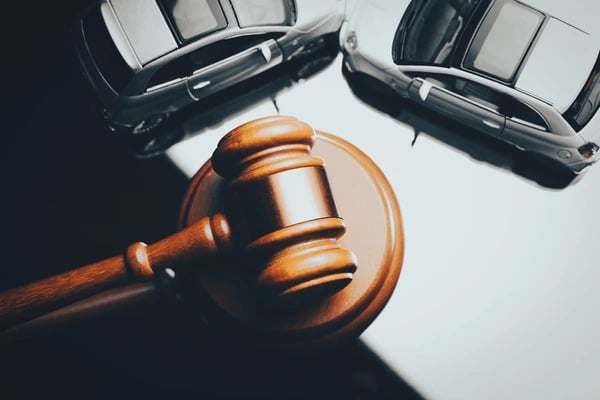In recent years, the emergence of ridesharing services like Uber and Lyft has revolutionized the way people travel within cities, providing convenience and accessibility like never before. However, alongside their benefits, these services have also brought to light a growing concern: accidents involving Uber and Lyft vehicles. Fort Worth, Texas, like many other cities, has seen its share of incidents involving these popular ride-hailing platforms. This article delves into the landscape of Uber and Lyft accidents in Fort Worth, highlighting key aspects and potential steps to take if you find yourself in such a situation.
The Changing Transportation Landscape
The rise of Uber and Lyft has led to a shift in how people perceive and use transportation. These platforms offer an alternative to traditional taxis and public transit, offering the convenience of on-demand rides at the tap of a button. However, this convenience hasn’t come without its drawbacks. The surge in ridesharing services has corresponded with an increase in traffic incidents involving Uber and Lyft vehicles.
Understanding the Common Causes
Accidents involving Uber and Lyft vehicles can occur due to various reasons, including distracted driving, speeding, reckless driving, and even driver fatigue. Additionally, the unique nature of ridesharing can also contribute to accidents. Drivers may be unfamiliar with the local roads, leading to navigation errors, sudden lane changes, or unexpected stops. Passengers themselves may contribute to distractions, trying to manage their routes or interacting with the app during the ride.
Navigating Insurance Coverage
One of the most complex aspects of Uber and Lyft accidents lies in insurance coverage. When an accident occurs, the liability can fall on different parties: the rideshare driver, the rideshare company, or other drivers involved. Both Uber and Lyft provide insurance coverage for their drivers, but the level of coverage varies depending on the driver’s activity at the time of the accident.
App Off: If the driver’s app is off and they are not actively engaged in a ride, their personal insurance applies.
App On (No Passenger): If the driver is waiting for a ride request and has the app on, both Uber and Lyft provide contingent liability coverage for third-party injuries.
Passenger Onboard: Once a ride has been accepted and a passenger is in the car, both Uber and Lyft provide higher coverage for both liability and bodily injuries. Click here to read more.
Seeking Legal Recourse
If you’ve been involved in an Uber or Lyft accident in Fort Worth, seeking legal advice is crucial. The complexity of determining liability, insurance coverage, and potential negligence can be overwhelming. Enlisting the services of an experienced personal injury attorney, like those at Wilhite Law Firm, can help you navigate through the legal complexities and ensure your rights are protected.
Preventing Accidents and Ensuring Safety
While accidents involving Uber and Lyft vehicles can happen, there are steps that both drivers and passengers can take to minimize the risks. Drivers should prioritize safe driving practices, avoid distractions, and ensure they’re well-rested before getting behind the wheel. Passengers can also contribute to safety by not distracting the driver and wearing seat belts at all times.
Conclusion
As the transportation landscape continues to evolve, Uber and Lyft remain prominent players in how people move around cities like Fort Worth, Texas. While these services offer convenience, it’s essential to be aware of the potential risks and challenges they can pose, particularly when accidents occur. By understanding insurance coverage, seeking legal assistance when needed, and promoting safe driving habits, we can all contribute to making the roads safer for everyone involved in the ridesharing experience.
Copyright © 2023 California Business Journal. All Rights Reserved.
Related Posts




